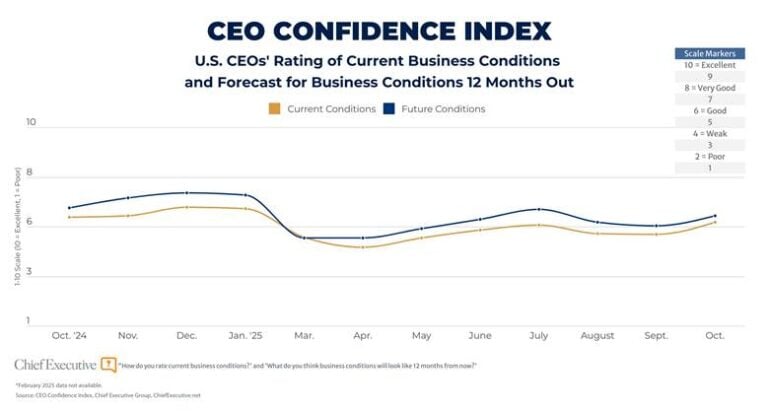
Increased complexity in M&A has created new challenges for dealmakers. But business leaders can succeed by taking a systematic approach to addressing the additional challenges created by complexity.
Based on observations from KPMG deal professionals from around the world, we outline five practical moves companies can make immediately to improve their odds of success when undertaking a complex transaction. These moves emphasize enhanced ways of thinking and require shifts in mindset, ambition and execution. They are, however, not exhaustive; each transaction will require a tailored approach.
The ultimate payoff from complex deals is often strategic value—new opportunities or new ways of doing business that build long-term value, transcending traditional synergies. The strategic goals of the transaction, therefore, must be clearly defined, widely supported and pursued methodically and relentlessly.
It starts with leaders from both the buyer and target establishing a combined vision around strategic value. This north star sets the stage for execution and should be translated into tangible goals and objectives for leadership. Key individuals who bring elevated commercial and operational value to bear should be involved early on in this process. A cadence of effective strategic reviews that continuously “restate” the core elements of strategic value can keep executives and teams aligned across time.
Diligence should not be a check-the-box exercise to validate baseline assumptions. Deal teams need to stretch further in search of greater value. This requires harnessing the power of data analytics to unearth new opportunities. Diligence is also your opportunity to explore the art of what’s possible with target management. Buyers should proactively engage with their soon-to-be colleagues to gain new and deeper insights, validate key assumptions, build buy-in around strategic value and enlist the target management’s help to imagine and design the future. Meanwhile, ask yourself what you need to do to be the best owner of the new business.
The moment a complex deal is announced, the stakes couldn’t be higher. Risks are immediately elevated around customers, talent, suppliers and other key stakeholders. Complex deals demand a different approach to Day 1 readiness—one with greater purpose, intensity and speed. Sophisticated buyers use the sign-to-close window to protect business momentum, find and mitigate blind spots, continue to seek even higher synergy upside and accelerate tailored integration planning.
To increase the odds of success, sophisticated buyers also establish a small high-functioning team. This agile, highly bespoke team of six to eight people launches immediately upon signing and is responsible for accelerating the pace and success of the transaction. Its mission is to move with the highest levels of focus, intent, speed and empowerment to protect and create value in line with the deal’s north star.
More than ever, the value of a target lies in the capabilities, energy and culture of its people. Losing talent can make it impossible to achieve the deal’s objective. Understand what positions and capabilities are most critical to success, current attrition rates by key employee group, time to fill open positions, sources of available labor and recruiting processes. Then create targeted incentives.
Buyers need to be transparent about their plans and present the target’s employees with a clear and compelling value proposition that is connected to the strategic goals of the deal. Communicate the goals of the transaction, build trust and excitement, and enlist your new employees in your quest for strategic value. Then create a supportive, nurturing employee experience.
Buyers define synergy targets at the outset, but they shouldn’t stop there. Be alert to new opportunities and prepare to flex as markets, leadership and strategies evolve. Beware of backsliding: After the integration reaches key late-stage milestones and initial synergy targets have been achieved, don’t assume the gains will stick. Don’t lose sight of the north star.




0

1:00 - 5:00 pm
Over 70% of Executives Surveyed Agree: Many Strategic Planning Efforts Lack Systematic Approach Tips for Enhancing Your Strategic Planning Process
Executives expressed frustration with their current strategic planning process. Issues include:
Steve Rutan and Denise Harrison have put together an afternoon workshop that will provide the tools you need to address these concerns. They have worked with hundreds of executives to develop a systematic approach that will enable your team to make better decisions during strategic planning. Steve and Denise will walk you through exercises for prioritizing your lists and steps that will reset and reinvigorate your process. This will be a hands-on workshop that will enable you to think about your business as you use the tools that are being presented. If you are ready for a Strategic Planning tune-up, select this workshop in your registration form. The additional fee of $695 will be added to your total.

2:00 - 5:00 pm
Female leaders face the same issues all leaders do, but they often face additional challenges too. In this peer session, we will facilitate a discussion of best practices and how to overcome common barriers to help women leaders be more effective within and outside their organizations.
Limited space available.

10:30 - 5:00 pm
General’s Retreat at Hermitage Golf Course
Sponsored by UBS
General’s Retreat, built in 1986 with architect Gary Roger Baird, has been voted the “Best Golf Course in Nashville” and is a “must play” when visiting the Nashville, Tennessee area. With the beautiful setting along the Cumberland River, golfers of all capabilities will thoroughly enjoy the golf, scenery and hospitality.
The golf outing fee includes transportation to and from the hotel, greens/cart fees, use of practice facilities, and boxed lunch. The bus will leave the hotel at 10:30 am for a noon shotgun start and return to the hotel after the cocktail reception following the completion of the round.